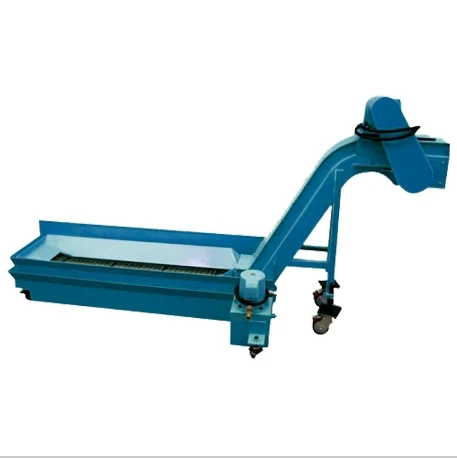Flexible Corrugated Wire Conduit for Efficient Cable Management and Protection Solutions
Understanding Corrugated Wire Conduit Applications, Benefits, and Installation
In the realm of electrical and telecommunications installation, the materials used can significantly impact the safety, efficiency, and longevity of a system. One such material that has gained popularity in recent years is corrugated wire conduit. This innovative solution is primarily designed to protect electrical wires and cables, and its unique properties make it ideal for a wide range of applications. In this article, we will explore what corrugated wire conduit is, its benefits, applications, and installation techniques.
What is Corrugated Wire Conduit?
Corrugated wire conduit is a type of flexible tubing made from durable materials such as thermoplastic or rubber. Its distinctive corrugated structure allows it to bend and flex, making it easier to route wiring through tight spaces or around obstacles. Unlike rigid conduits, which can be challenging to work with in scenarios requiring sharp angles or curves, corrugated conduit offers the flexibility needed for efficient installation.
These conduits are often designed to comply with various industry standards, ensuring they can withstand environmental challenges and offer exceptional protection for the wires contained within. The flexibility of corrugated conduits does not compromise their strength; they are built to resist abrasion, moisture, chemicals, and sunlight, making them suitable for indoor and outdoor applications.
Benefits of Corrugated Wire Conduit
1. Flexibility One of the primary advantages of corrugated wire conduit is its remarkable flexibility. This feature makes it easier to navigate around corners and obstacles, allowing for more efficient installation in confined spaces.
2. Lightweight Compared to traditional metal conduits, corrugated wire conduits are lighter, which can reduce transportation and installation costs. The reduced weight also minimizes the structural support requirements during installation.
3. Durability Built to withstand environmental stresses, corrugated wire conduits offer robust protection against physical damage, moisture, and chemical exposure. Their durability ensures a longer lifespan for the electrical wiring housed within.
4. Cost-Effectiveness Corrugated conduits typically require less labor and time to install due to their flexibility and lightweight nature, leading to lower overall project costs. Additionally, their durability minimizes the need for frequent replacements, contributing to long-term savings.
5. Ease of Maintenance If repairs or modifications are needed, the flexibility of corrugated wire conduit allows for easier access to the wiring without extensive disassembly or destruction of walls or structures.
Applications
Corrugated wire conduits find a wide range of applications across various industries. Common uses include
corrugated wire conduit

- Residential and Commercial Electrical Wiring Ideal for routing wiring in homes and businesses, providing protection from environmental hazards and physical damage
.- Automotive Industry Used to protect wiring in vehicles, ensuring that cables remain safe from abrasion and exposure to elements.
- Telecommunications Employed in the installation of telephone, internet, and cable systems, where the need for flexibility is crucial for navigating complex pathways.
- Industrial Settings Utilized in factories, warehouses, and manufacturing plants to protect factory equipment wiring, particularly in areas exposed to potential wear and tear.
Installation Tips
Installing corrugated wire conduit requires some planning and attention to detail. Here are a few tips to ensure a successful installation
1. Assess the Layout Before installation, take the time to plan the layout, identifying any obstacles and determining the best path for the conduit.
2. Cut to Size Use appropriate tools to cut the corrugated conduit to the necessary lengths, ensuring clean cuts to prevent damage during installation.
3. Secure Connections Ensure that all connections are secure and that the conduit is fastened to walls or ceilings properly to maintain stability.
4. Consider Bends and Turns Take advantage of the conduit’s flexibility to navigate turns, but avoid sharp bends that may compromise the integrity of the wiring.
5. Follow Local Codes Always check local building and electrical codes to ensure compliance during installation, which is essential for safety and legality.
Conclusion
Corrugated wire conduit is a versatile, durable, and cost-effective solution for protecting and routing electrical wiring. With its numerous benefits and wide range of applications, it has become a preferred choice in various sectors. By understanding its properties and how to install it correctly, professionals and DIY enthusiasts alike can ensure safe and efficient wiring projects. Whether for residential, automotive, or industrial use, corrugated wire conduit remains an essential component in modern electrical systems.








